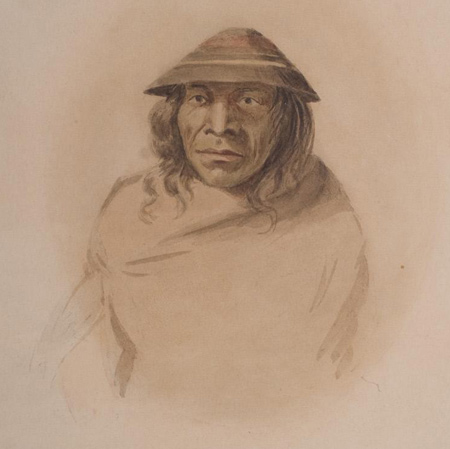Ska-tel-sun (Cowlitz Indian, 1847)
Paul Kane (1810–1871)
Courtesy Stark Museum of Art, http://collections.starkculturalvenues.org, 31.78.104.
Kane’s notes identify this portrait as “Ska-tel-sun, a Samas tillacum with a grass hat.” ‘Samas tillacum’ is likely the Chinuk Wawa ‘Shawash tiixam’ meaning Indian person.[1]The Chinuk Wawa Dictionary Project, Chinuk Wawa: As Our Elders Teach Us to Speak It (Confederated Tribes of the Grand Ronde Community of Oregon, 2012).
The Proto-Salishan language is thought to have begun in the Fraser River delta, at today’s Vancouver, British Columbia. There the 850-mile-long Fraser–once the world’s richest salmon fishery–ends its journey from Mount Robson in the Rocky Mountains near Prince George, British Columbia.
Two widely separated branches of Salishan languages developed, Coastal and Interior. From above Vancouver Island’s northern end, to the central Oregon coast, Coastal Salishan’s four language divisions are: Bella Coola, Central Salish, Tsamosans and Tillamook. Clark’s whale-blubber trading party in January 1806 took him among the Tillamooks at NeCus’ Village on the Pacific. Within the Tsamosan division were two tribes encountered by the expedition: the Lower Chehalis and Cowlitzes.
Interior Salishan developed later among people who followed natural travel corridors into what are now western Montana and northern Idaho. Among its member languages are Kalispel, Spokane, Pend d’Oreille, Coeur d’Alenes, and Flathead Salish[2]Laurence C. Thompson and M. Dale Kinkade, Handbook of North American Indians: Northwest Coast Vol. 7, ed. Wayne Suttles (Washington, D.C.: Smithsonian Institution, 1990), 33–35.
Meeting with Salish people in western Montana on 4–5 September 1805, Clark described their speech as “a gu[r]gling kind of language Spoken much thro the Throught [throat].” Sergeant John Ordway added a somewhat broader perspective:
[T]hey have the most curious language of any we have Seen before. they talk as though they lisped or have a bur on their tongue. we Suppose that they are the welch Indians if their is any Such from the language.[3]He referred to the historic legend of the Welsh Prince Madoc, who led several boats of his countrymen west across the Atlantic in 1170, and never returned. In the 1530s, Sir George Peckham claimed … Continue reading
Salishan-speaking Peoples Encountered
The Cowlitz
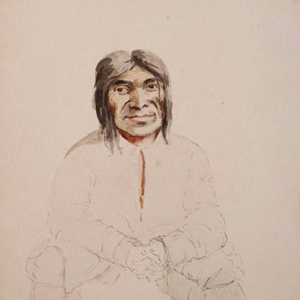

The Cowlitz proper were Southwestern Coast Salish peoples living mainly along the Cowlitz River. The people were blenders. Those living among the Chinookan Skilloots intermarried and may have been indistinguishable when the expedition passed the “Cow-e-lis’-kee” River.
The Tillamooks
by Kristopher K. Townsend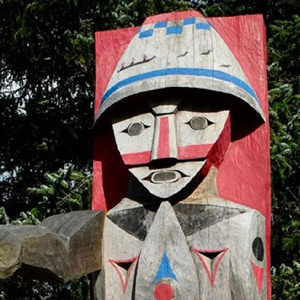

The Tillamook Indians, cordial hosts and friends to the visiting Americans in 1806, may have numbered about 2,200 persons at that time.
The Coeur d’Alenes
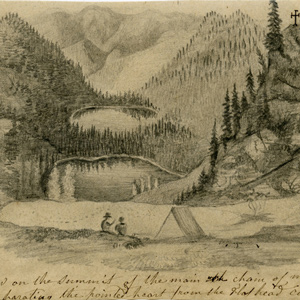

The Skitswish, or Coeur d’Alenes, often visited the Nez Perces on the Clearwater River. Three met the captains at the mouth of Colter’s Creek.
The Flathead Salish
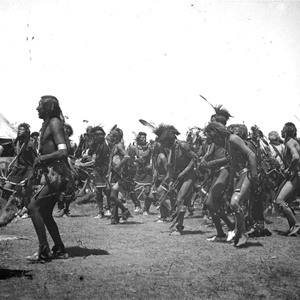

The first whites to encounter the Salish in person were the Lewis and Clark Expedition at Ross’ Hole. Although the journalists had much to say about the encounter, the Salish have said far more.
The Lower Chehalis
by Kristopher K. Townsend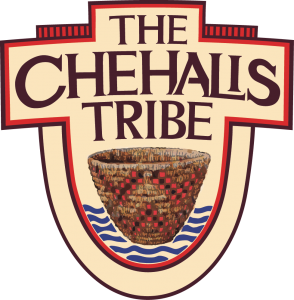

The Lewis and Clark Expedition encountered the Lower Chehalis mainly during their stay at Station Camp on Baker Bay. In the journals, the people’s name is spelled Chieltz and Chiltch.
Notes
| ↑1 | The Chinuk Wawa Dictionary Project, Chinuk Wawa: As Our Elders Teach Us to Speak It (Confederated Tribes of the Grand Ronde Community of Oregon, 2012). |
|---|---|
| ↑2 | Laurence C. Thompson and M. Dale Kinkade, Handbook of North American Indians: Northwest Coast Vol. 7, ed. Wayne Suttles (Washington, D.C.: Smithsonian Institution, 1990), 33–35. |
| ↑3 | He referred to the historic legend of the Welsh Prince Madoc, who led several boats of his countrymen west across the Atlantic in 1170, and never returned. In the 1530s, Sir George Peckham claimed the men had married native women and settled in North America–a story designed to bolster Elizabeth I’s claims to lands there. Which nation the Welsh had married into changed with the teller and with expanding knowledge of the North American interior, and claims were advanced for the Paducahs, Cherokees, Alabama coastal peoples, the Mandans, and many other native tribes. Welshman John Evans, a Missouri Fur Company employee, had tested the Mandans in the mid-1790s and found no Welsh speakers, but the theory obviously was still alive when Ordway and his fellows headed up the Missouri. |
Experience the Lewis and Clark Trail
The Lewis and Clark Trail Experience—our sister site at lewisandclark.travel—connects the world to people and places on the Lewis and Clark Trail.
Discover More
- The Lewis and Clark Expedition: Day by Day by Gary E. Moulton (University of Nebraska Press, 2018). The story in prose, 14 May 1804–23 September 1806.
- The Lewis and Clark Journals: An American Epic of Discovery (abridged) by Gary E. Moulton (University of Nebraska Press, 2003). Selected journal excerpts, 14 May 1804–23 September 1806.
- The Lewis and Clark Journals. by Gary E. Moulton (University of Nebraska Press, 1983–2001). The complete story in 13 volumes.
